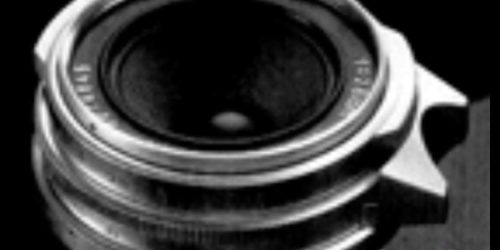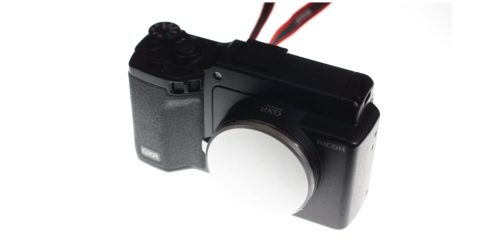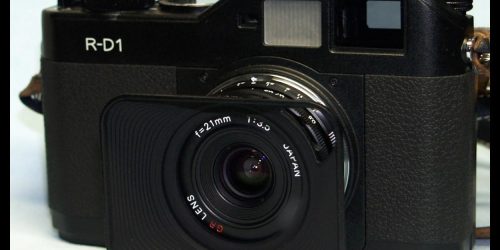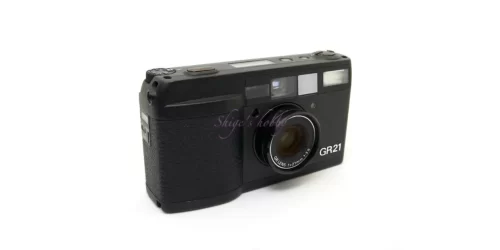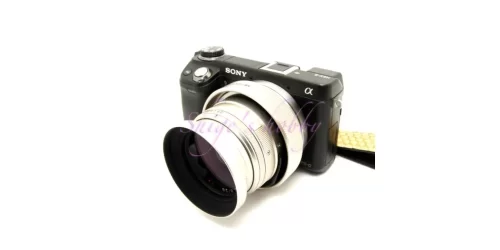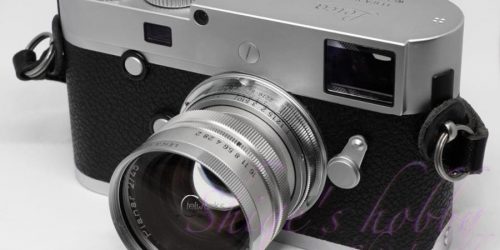RICOH GR1
Ricoh GR1 film camera review and photo examples
Table of contents
Gallery
- The film used was KODAK Kodachrme 64 (KR64) and digitizing was done with MINOLTA DiMAGE Scan PRO. Scanning was done with VueScan’s Kodachrme profile, with slight adjustments.
Review
The GR1 is a film camera equipped with a 28mm wide-angle lens released by Ricoh in 1996.
The recording medium for film cameras was film, and the same medium was used whether it was a compact camera or a single-lens reflex camera. In the digital age, creating decent images with a 35mm full-size sensor requires a large lens, and high-end compacts (the important thing being compact) with a 35mm sensor are no longer viable.
The GR series of film cameras is truly a compact camera, with a lens, flash, and viewfinder packed into a body only a few millimeters thicker than a film cartridge.
Among compact cameras that use 35mm film, the MINOLTA TC-1 is also compact, but the compact GR1 and TC-1 have different orientations. The difference is as you can see; the GR1 is designed to be as thin as possible, while the TC-1 is designed to be as wide as possible. It is an interesting existence as the two extremes of evolution that achieved the contradiction of creating a camera as small as possible without compromising the camera’s functions based on the fixed size of 35mm film.
The viewfinder on the GR1 is only for checking the shooting range; it cannot check the focus.
Focusing is done by autofocus (AF) or manual focus (MF). AF will not lose focus when there is a clear subject under clear skies, but it will not go out of focus when shooting in backlit situations, in dark places, or in landscapes. If you leave it to the AF, you will often lose focus on subjects that tend to be difficult to photograph.
Fortunately, since the GR1 is a film camera, focusing is less strict than with a digital camera, so I feel that it is often better to set it to MF mode and take pictures by eye.
The example uses the KODAK Kodachrme64, so combined with the 28mm lens installed on the GR1, the unique dark color and blue color are very impressive.
Since the GR1 does not have a hood, if there is a strong light source such as backlight in the shooting direction, undesirable light may appear in the photo, as shown in the fifth example.
With a digital camera, you can preview the image on the spot, check for ghosts and flare, and then cut out the edges, but with the GR1 snap camera, that was just a matter of taste.
A bayonet hood can now be installed from the GR1s, which is a minor change to the GR1. I haven’t used the GR1s/GR1v, but the small hoods probably have limited effectiveness, and I don’t think I’ll use them because they look like they get in the way when stored. I see second-hand items with a price tag attached to the hood.
The GR1’s 28mm lens is certainly a good lens, but since it’s film, there are some quality aspects that can be forgiven, and with a digital camera’s 35mm full-frame sensor, depending on the sensor, it may produce unfavorable results in the peripheral areas.
It’s not that important since RICOH’s genuine L mount version is available, but I previously asked Ms-optics if the lens could be taken out, and they told me that with this lens, you can’t simply remove the lens barrel and fit it into the helicoid, so it’s not that important. I was told that M mount was not possible.
Also, the reason that current GR (digital) is limited to APS-C size sensors is probably a result of trying to avoid increasing the size of the lens and striking a balance between image quality. There’s not much reason to stick to a 35mm full-frame sensor, but I’m looking forward to the day when sensor technology advances and a complete set of digital devices can fit into this body.
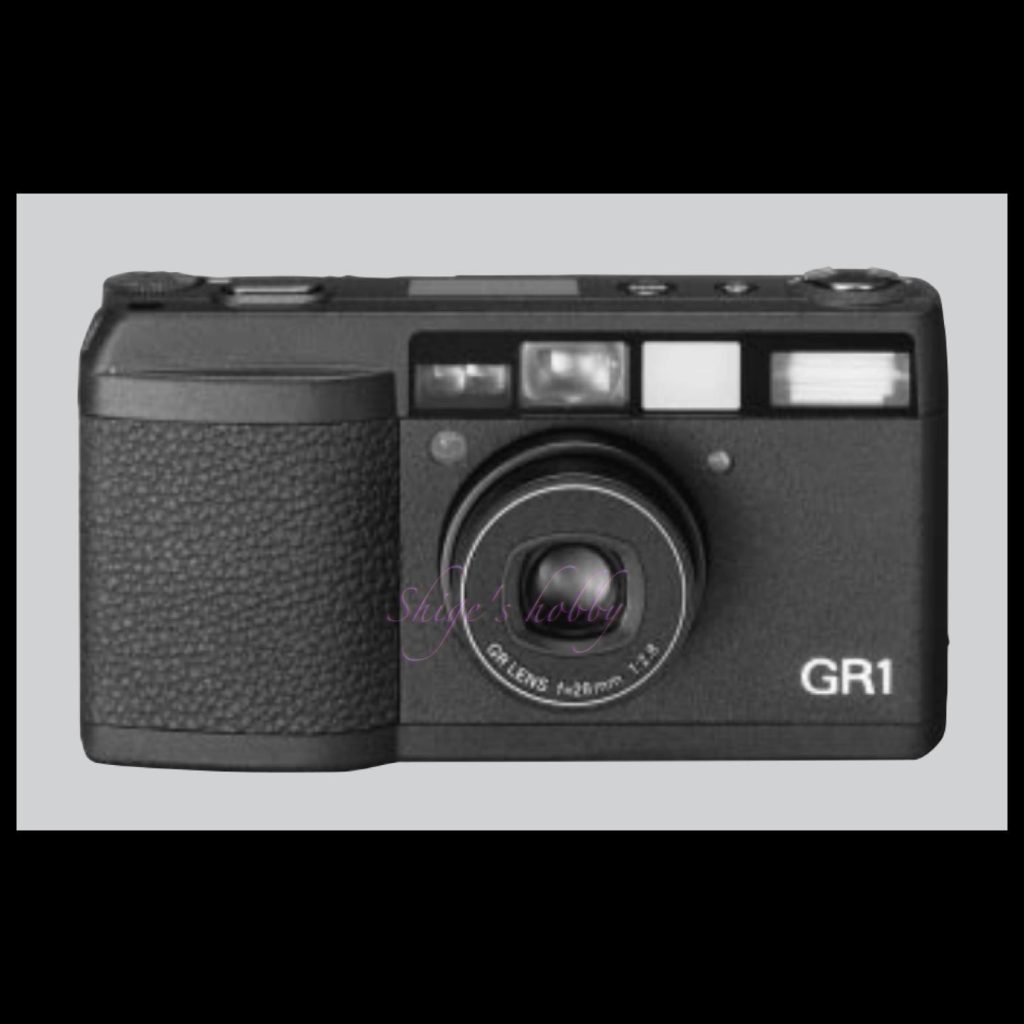
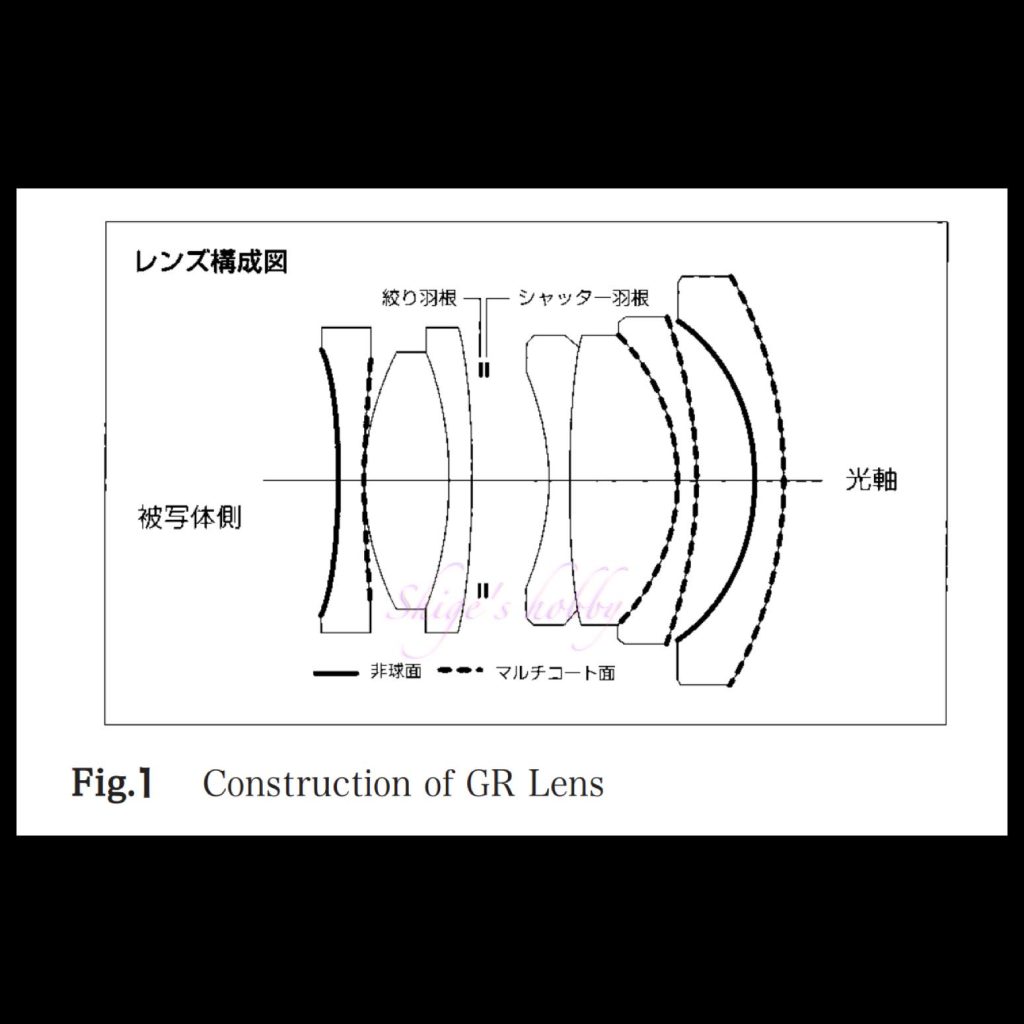
Specification and Compare
| Items | GR1(GR1s,GR1v) | GR21 | MINOLTA TC-1 |
| Focal length | 28 | 21 | 28 |
| Lens Construction | 7elements in 4groups | 9elements in 6groups | 5elements in 5groups |
| Leaf blade | 7 | ← | Circular rotary type |
| Apature | 2.8-16 | ← | 2.8/5.6/8/16 |
| MAx Shutter Speed | 1/500 | ← | 1/750 |
| Min distance | 0.35 | 0.33 | 0.45 |
| View Finder | Lighting reverse Galilean system 0.43x Vertically: 81% Horizontally: 83% | Lighting reverse Galilean system 0.43x 83% | Real image type 0.4x 85%/3m |
| バッテリー | CR2 x1 | ← | CR123A |
| 記録メディア | 35mm film | ← | ← |
| Size(mm) W x H xD | 117 × 61 × 26.5 | 117 × 64 × 26.5 (Lens barrel 38.5mm) | 99×59×29.5 |
| Weight(g) | 175(No date / Only body) 177(Add date / Only body) | 200(Only body) | 185(Only body) |
| Release date | 1996 | 2001 | 2000.4 |
| Price(Yen/No-tax) | No date/ 90,000 Add date/ 100,000 | 138,000 | 125,000 |
Options
- Lather case
- Hood(GR1s,GR1v)
Reference links
Update history
- 2024.01.08
Affiliate
- Some external links are advertisements and clicking them may generate income for the site administrator.
